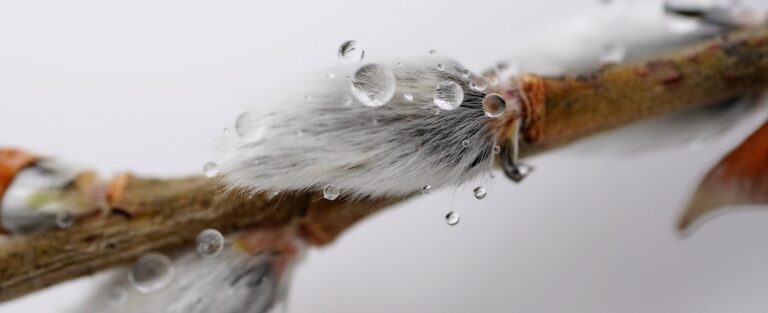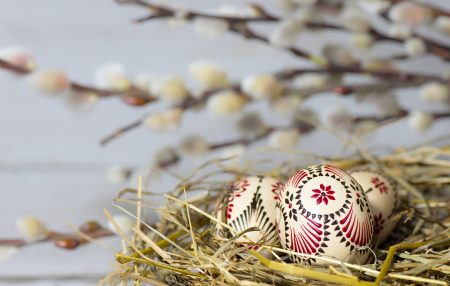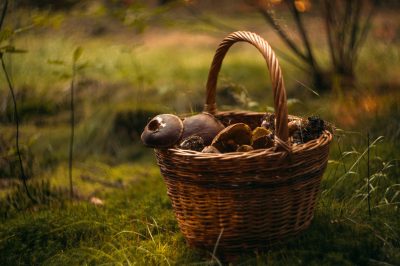
Willow for weaving, our first traditional farming enterprise at Tenth Glen Heritage Farms. Just as it is woven into many practical uses from potato strainers to dwelling walls, willow is mythologically woven into Celtic legend and lore for as long as there have been people on this island. If you’ve ever had an experience at either end of a ‘sally’ rod, touched wood for luck or decorated easter eggs, you have been part of Celtic willow tradition stretching back thousands of years.
Often associated with water and wetland, it is willow’s ability to take root after being uprooted, or cut into shoots that, in Celtic culture, has made it a symbol of healing, new growth, optimism, adaptability and overcoming adversity.
The ancient spring festival of Beltane celebrates the druidic story of creation in which two scarlet eggs are nestled in the branches of a willow tree. The eggs hatch to form the earth and sun. This ancient celebration involved painted or dyed eggs. As with many Celtic annual traditions, Christianity prevailed by adopting and adapting rather than challenging. From a willow branch nest to a Nestle chocolate egg in two thousand years!

‘Wicker’ basket is from the word ‘wic’ relating to bending, hence weaving. Due to the significance of willow in Celtic lore, the term wic became negatively associated with witchcraft by those trying to do away with Celtic culture and led to the word Wicca, still used today in relation to paganism.
It’s ancient symbolism for healing has gained a scientific proof of sorts. Traditional remedies include chewing willow bark for pain relief. It has since been discovered that it contains salicin, a substance closely related to a key ingredient of aspirin.
It is said that if you have a secret, tell it to a willow tree and it will never be revealed. Also knocking on a willow tree will rid you of bad luck: “Touch wood”

The Latin scientific name for willow is Salix giving us the Irish saileach and the anglicised sally. Hence the sally rod that has crossed many school children’s palms.
Another sally reference is preserved in more modern lore by our local poet Siobhan Ni Luan in her poem ‘The Sally Patch’: “The land that no one wants, the sallies keep.” The sally patch she writes about, only yards from where I now sit, was Siobhan’s childhood playground. It is said that the sound of the wind in the willows is actually the sound of fairies whispering inspiration to poets – if further proof of willow lore is needed, it surely exists in Siobhan Ni Luan’s poetry.
The long slender willow branches are perfect for weaving into baskets and have been one of the most used and longest used natural materials in Irish history. A fitting first crop for Tenth Glen Heritage Farms. A few weeks ago we harvested a couple of hundred 12inch shoots from fresh willow growth, they have been in water since and just in the last couple of weeks have started shooting and rooting. It is time to get them into the ground so if you are inspired to get involved with this ancient crop then keep an eye on our page, there is a ‘farm hand’ day coming up very soon!

